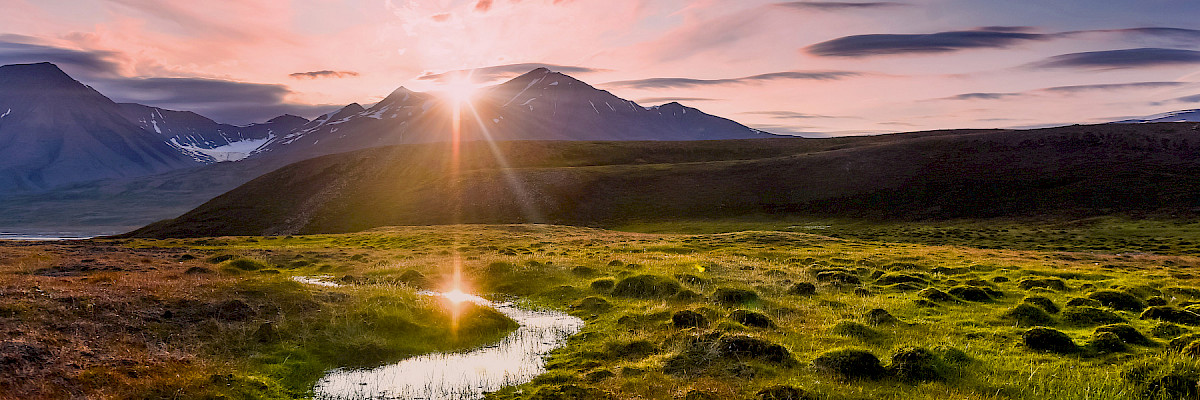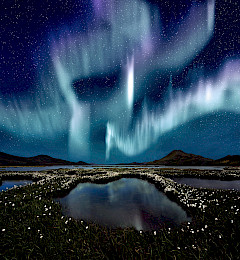
Arctic wetlands holds enormous potential for global climate adaptation, mitigation: new circumpolar report
2021-05-20
A new circumpolar report outlines 20 recommendations to protect and sustain Arctic wetlands--globally important wildlife habitats that store massive amounts of carbon and provide vital ecosystem services and are increasingly at risk from climate change and human disturbance.
The report says climate-driven permafrost thaw and increased drought conditions impacting Arctic wetland ecosystems will cause greater fire occurrences and shifts in hydrological flows. Sea level change and decline is increasing coastal erosion. Thawing permafrost is projected to transform peatlands from a net sink of greenhouse gases to a net source lasting for several centuries. Reducing greenhouse gas emissions is necessary to limit these impacts, the report says, along with increased conservation and restoration activities, streamlined governance, better knowledge use, additional classification, mapping and monitoring and coordinated action.
Almost half the world’s wetlands are in the Arctic, where they make up as much as 60% of all Arctic ecosystems. Although most Arctic wetlands currently remain relatively intact, these crucial ecosystems are changing due to climate-change and growing pressures from increased human presence.
The report, The Resilience and Management of Arctic Wetlands, is designed to maintain and strengthen the resilience of Arctic wetlands and showcase that effective management of wetlands, including conservation and restoration efforts, holds enormous potential to contribute significantly to climate adaptation and mitigation, and conservation. Many of these findings and recommendations are highly relevant both within and outside the Arctic, and Arctic States can act as role models for sustainable use of wetlands.
 Arctic Council Working Group
Arctic Council Working Group 
